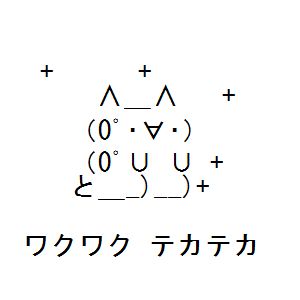Modern Bosozoku (暴走族) in Japan, now called Kyushakai (旧車會).
I had a chance to join one of the Kyushakai meetings (called Shukai) recently, and would like to share who they are and what they do.
Bosozoku is a Japanese traditional gang among teenagers, Japanese motorcycle gangs, Bosozoku (lit., runaway tribe). In 2000s, the number of Bosozoku members has been reduced comparing to the golden age of Bosozoku in 1980s; however, today, there are new type of Bosozoku are growing rapidly in many areas in Japan called Kyushakai (旧車會). Kyushakai is constructed by the OB of Bosozoku , so that they are usually late 20 to even 50 years olds. The main difference between Bosozoku and Kyushakai is that Bosozoku is highly related to illegal gang acts, but Kyushakai is not; Kyushakai is a motorcycle team that enjoy the touring with the customised motorcycles (however, many of motorcycles are illegally customised).
Bosozoku in 80s. Kyushakai today.
A brief history of Bosozoku:
Started the 1950s with growth of automobile industry in Japan, these industries is now world famous motorcycle companies such as HONDA, KAWASAKI, and SUZUKI. This gang movement has started among teenagers as kaminari zoku (thunder tribe) in 1950s. Many of these teens joined kaminari zoku came from lower class families gathered with same reasons people and forming a gang.
In 1970s these kaminari zoku turned into a Bosozoku which are a motorcycle gang team composed of teenagers. Bosozoku is highly related to violent gang acts, and many of members turns to Yakuza after they turned in 20th. (20th in Japan is the age which is regarded as an adult, so that many of them graduate Bosozoku when they become an adult).
In the 80s and 90s, the golden age of Bosozoku. There were 835 teams, and about 50,000 members in Japan (source: wikipedia). Bosozoku at this time was the most aggressive, street fights, terrorizing people with wooden swords, metal pipes, baseball bats, and of cause noise of illegally customised motorcycles in the night. In 1980s, there are 10,000 people were arrested by bosozoku gang related acts.
In 2000s, anti-Bosozoku ordinance has started in many prefectures, and these anti-Bosozoku movement has declined Bosozoku in Japan.
For more infomation of History of Bosozoku, the page below describes it well.
Machines of Pride:
Kyusha(旧車) means ‘old school vehicle’ and kai (會) means ‘party’. Literally, they are a old school Japanese motorcycle club with traditional special customised Japanese oldies. Many of them, especially mufflers, are not regulated because they are looking for a louder sounds. As I mentioned above, Bosozoku is for teenage, but Kyushakai for adults, machines in Kyushakai is highly customised and maintained, and costs thousands of dollars, some machines are more than 10 thousand dollars.
Popular machines are:
- HONDA CBX
- HONDA CB400T (Hawk series)
- SUZUKI GS400
- SUZUKI GSX400E
- KAWASAKI Z400FX
- KAWASAKI KH400
- KAWASAKI KH500
- KAWASAKI ZII
- YAMAHA XJ400
- etc …
Call (Idling):
There is a way to be an outstanding and respected in Kyushakai, which is “Technique of Idling”, called /koru/. There are varieties of styles founded in different prefectures and generations. People in 90s have their fashion, and today’s generation. There are few people called “sound artisan” of calls.
Here is few example from Youtube.
Okinawa call:
Artisan call:
Lastly, I made this trailer video clip of the meeting I joined. You will find the atmosphere of Shukai and Bosozoku.






























